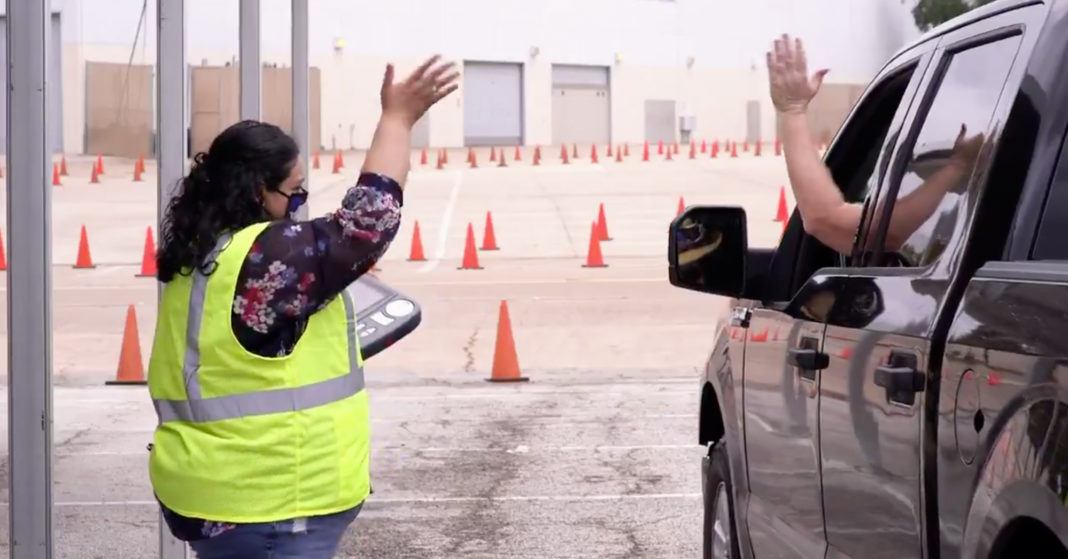We are living through our nation’s first largely female recession, according to a new report from the University of Texas LBJ School of Public Affairs and YWCA USA.
“America’s Recovery from the 2020 ‘Shecession’: Building a Female Future of Childcare and Work,” details how challenges and systemic inequities are contributing to this year’s economic crisis and its disproportionate impact on women.
“2020 stands to wipe out all of the gains women have made in the last 50 years,” said Victoria DeFrancesco Soto, the LBJ School’s associate dean for civic engagement and lead author of the white paper.
Equal pay, professional development, leadership training, strong employer antidiscrimination and antiharassment policies, zero-tolerance for sexual harassment and gender-based violence are all necessary if women are to feel safe and thrive in the workplace, the report recommends.
“Our country is finally waking up to the realities that women have always known — that child care is intrinsic to our national economy and well-being, and that job security is critical,” said Alejandra Y. Castillo, CEO of YWCA USA. “The concerns of women should be the concerns of policymakers at every level. This is a watershed moment, and an opportunity to build a future where women, families and America can thrive beyond COVID-19.”
Jobs
Women have been the most affected by pandemic-related job losses.
“Many of the jobs lost, especially those by low-wage/low skill women, will never come back,” the report finds.
Child Care
The report focuses on quality, accessible and affordable child care as a necessity for women to thrive.
Even when child care is accessible, the cost is out of reach for many working women.
“While child care overall is increasingly unaffordable, infant care has become almost cost prohibitive. One year of infant care costs more than one year of in-state tuition in 33 states and D.C.,” according to the report.
Not only is child care too expensive for many, child care center operating hours often don’t meet the needs of working mothers with workdays that extend beyond the standard 6 p.m. pickup time.
In the years leading up to the outbreak of COVID-19, the child care system was at a breaking point, according to the authors of the report, and while policymakers can agree that child care needs to be fixed, they have disagreed on the tactics to do so.
The Future
Among the report’s recommendations is a call for increasing funding and grants to access quality science, technology, engineering and math programming focused on girls and girls of color.
The authors of the report explain that a STEM- based education should be integrated early on, and post-secondary institutions should attract and recruit women into STEM majors, with recruitment focused on engineering, computer sciences, cybersecurity, and other high-skill opportunities in colleges and universities.
Another recommendation is to enforce Title IX, to break down barriers and ensure equitable access to a STEM education.
Of course, a STEM career doesn’t work without child care.
The authors of the report say that women are more likely than men to vacate a STEM career without support for their child care needs, and child care needs to be built in from the start.
Expanding on-site child care for employees, apprentices, female graduate students, postdoctoral fellows, faculty members and professionals can help to keep women in top positions in STEM fields.
The authors also suggest a robust paid maternity leave, paid family leave, and medical benefits as well as financial aid for STEM training and education and parents who are learning while also raising a family.








